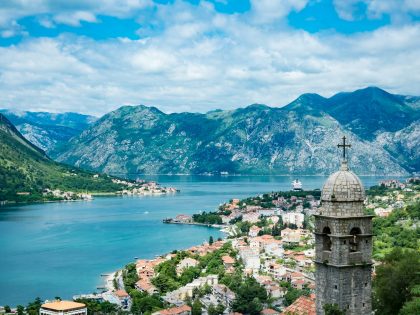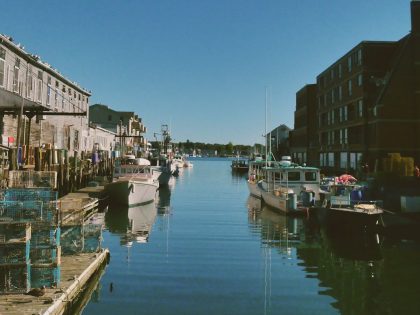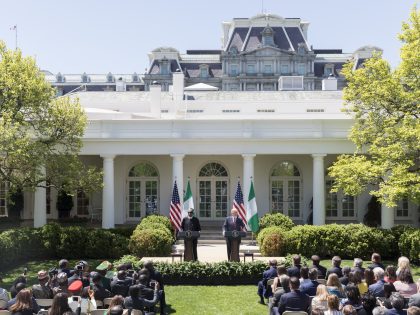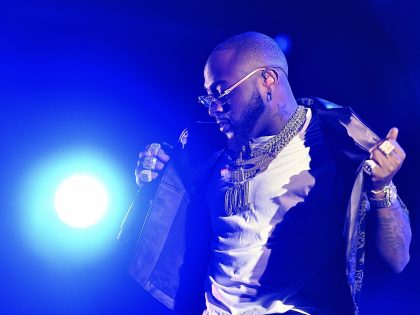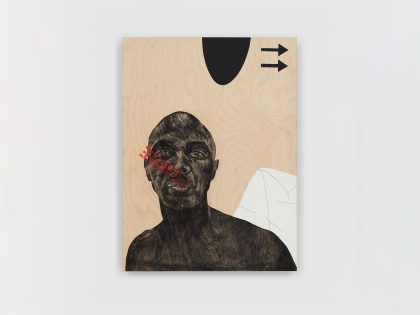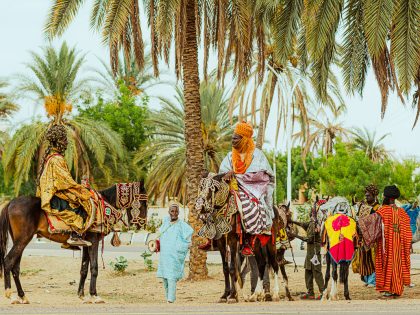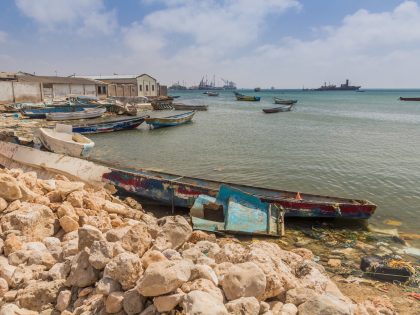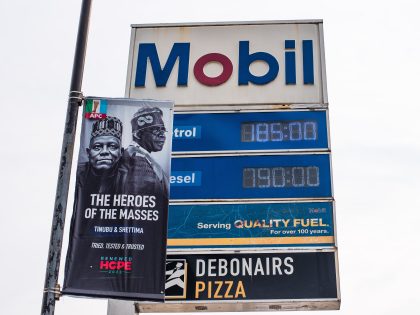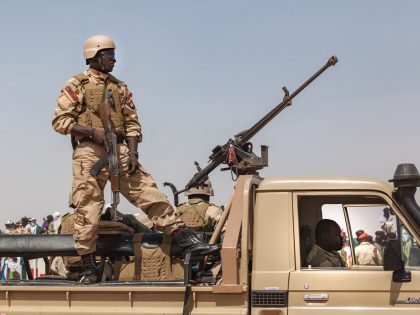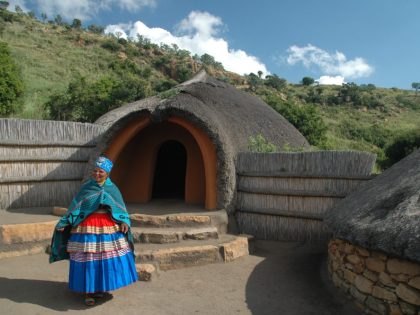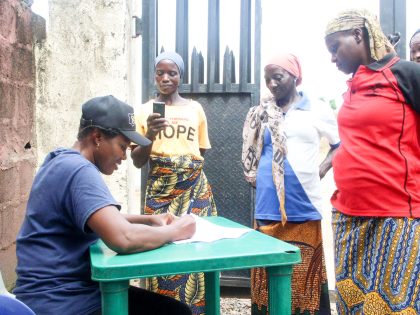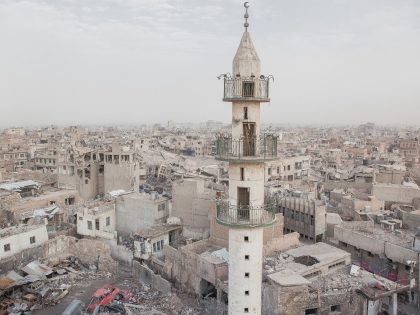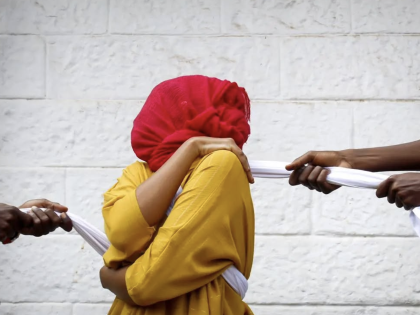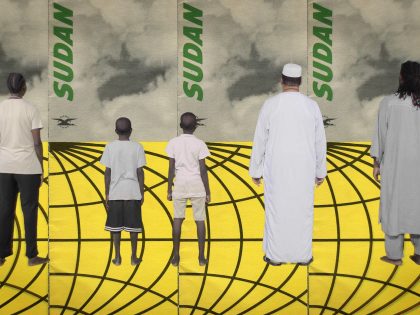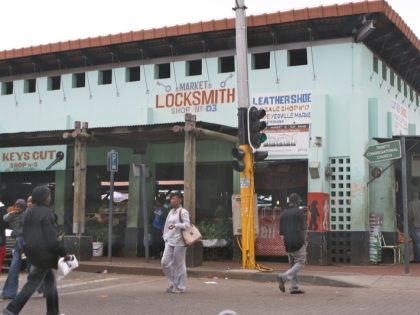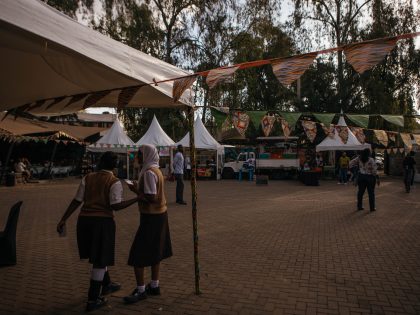This Studio Of A Life–Portraits Of Rappers And Producers
I can’t recall when I first fell in love with hip-hop, but I do know that the first song I transcribed was Coolio’s ‘Gangster’s paradise.’ Transcribing lyrics in ‘songbooks’ was a big deal in the mid-nineties; it was shortly before I discovered that oohla.com existed, around the same time I was heavy into the culture of cassette-sharing. Myself and a primary school friend would exchange kwaito tapes — M’du, Mashamplani, Trompies, B.O.P — every second week.
On one of those tapes — Mashamplani’s Never Never — I heard the instrumental version to ‘Is Vokol Is Niks.’ A year later, I was in my first year of high school and left to my tools on a Saturday afternoon. I put the instrumental on loud in the main room, took an empty cassette tape, inserted it into a boombox, pressed record, then proceeded to kick my first ‘rap.’
Which brings me to the topic — This Studio Of A Life!
I was born ten minutes’ drive from Maseru’s CBD. I started hanging around rappers since I was 12 years old — in studio, at rap cyphers, and at shows. I’ve been to a lot of studios in that time, but it’s only in the past year that I’ve attempted to capture the electric energy and creative impulse present when artists congregate inside a studio.
*
